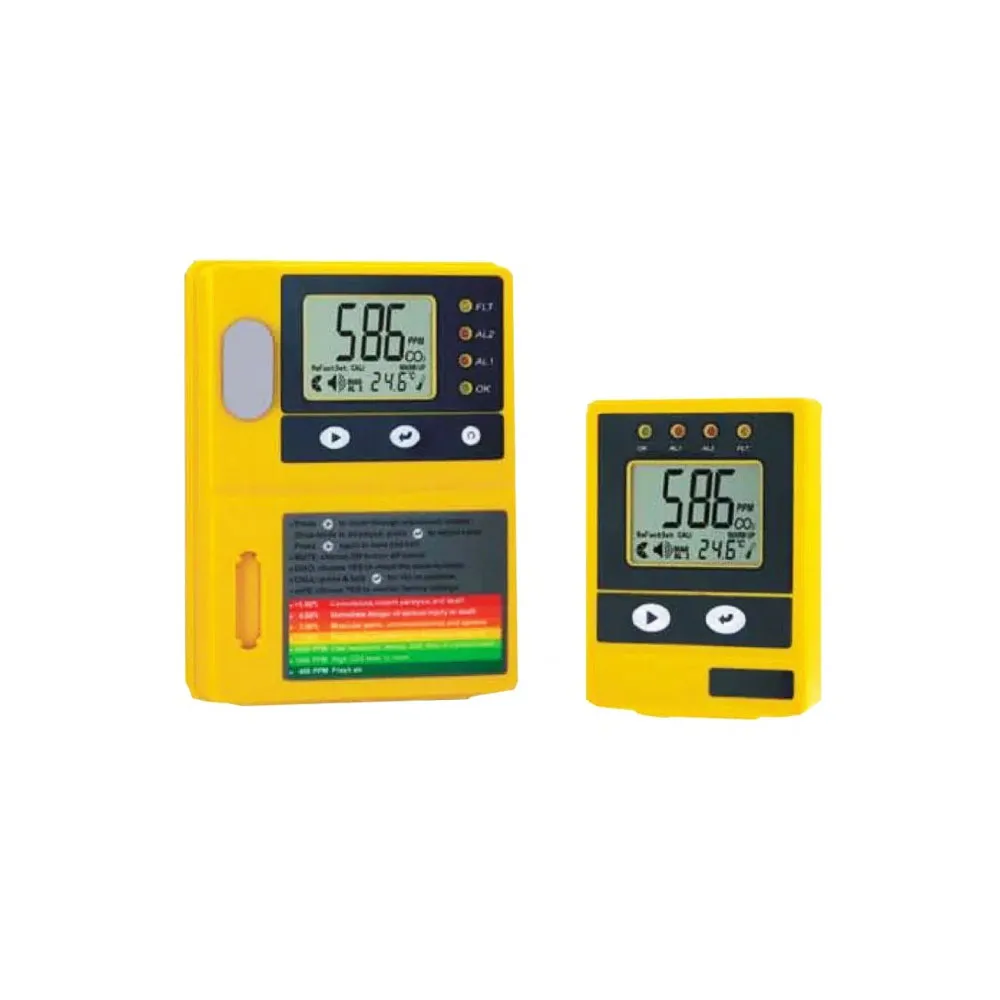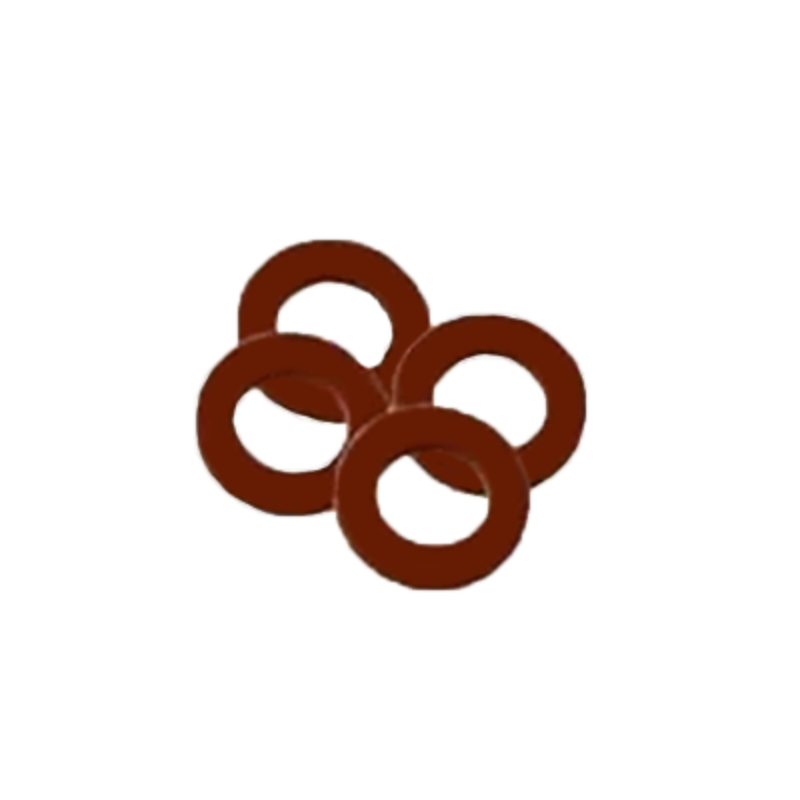Description
Cellarwarn monitor CO2
Ensure the safety and peace of mind in your commercial or residential cellar with the Cellarwarn Carbon Dioxide Monitor. Designed with precision and reliability in mind, this compact yet powerful device is your essential tool for monitoring CO2 levels, ensuring a safe environment for you and your stored goods.
Key Features:
- Accurate CO2 Monitoring: The Cellarwarn monitor CO2 provides real-time measurements of carbon dioxide levels in your cellar, offering accuracy and reliability crucial for maintaining optimal conditions.
- Visual and Audible Alerts: Equipped with visual LED indicators and audible alarms, the Cellarwarn ensures you’re alerted immediately to any rise in CO2 levels, allowing prompt action to be taken to mitigate risks.
- Hard Wired: Powered by hard wiring it into your electrical system, the monitor operates efficiently without the need for frequent battery changes, providing continuous monitoring and peace of mind.
- Versatile Application: Ideal for wine cellars, breweries, and other storage facilities where monitoring CO2 levels is essential for maintaining product quality and ensuring safety.
- User-Friendly Interface: Featuring a clear LCD display, the Cellarwarn monitor CO2 provides easy-to-read CO2 measurements, making it simple for anyone to understand and operate.
Why Choose Cellarwarn:
The Cellarwarn Carbon Dioxide Monitor is crafted with the latest technology and rigorous testing, ensuring it meets the highest standards of performance and reliability. Whether you’re a wine enthusiast, a cellar manager, or a business owner, investing in the Cellarwarn monitor CO2 means investing in the safety and quality of your stored goods.
Specifications:
- Simple to use.
- Cost effective
- Secure and robust
- Provides continuous monitoring for Carbon Dioxide in confined spaces.
- Requires electrical connection by a qualified electrician.
Package Includes:
- Cellarwarn CO2 Monitor
- Comes with 1 x repeater unit. (additional repeater units also available).
- Mounting Hardware
- User Manual
Why Choose Andale Micro Matic
Ensure your cellar maintains safe CO2 levels with the Cellarwarn Carbon Dioxide Monitor. Trustworthy, accurate, and easy to use, it’s the perfect companion for safeguarding your valuable assets and ensuring a secure environment.
Celebrate every pour with Andale Micro Matic, Australia’s premier provider of beverage dispensing equipment. Whether it’s draught beer, fine wine, refreshing cocktails, fresh juices, aromatic coffees, effervescent kombucha, or zesty lemonade, Andale delivers with unmatched style and precision. Our diverse range of dispense styles and systems caters to spaces of any size, and our expertise extends to crafting bespoke dispensing solutions tailored to any design and layout. Elevate your beverage service experience with Andale Micro Matic, where innovation meets perfection.
As Australian market leaders in beverage dispense equipment, Andale Micro Matic has a long history of producing the highest quality products. From introducing the Snaplock® adaptors in 1961, to changing the way we pour with stainless steel fittings we have led the way since 1946. Our commitment to quality is infused into every aspect of our business.
No matter the size of your project, our national sales team can quickly and efficiently bring your vision to life. Let our team contact you at a convenient time. Let us know how we can help today.
At Andale Micro Matic, we take pride in powering sustainability both within the organization and beyond. It is our mission to be an example of sustainable choices while continuing to innovate and provide the highest quality to our customers.









